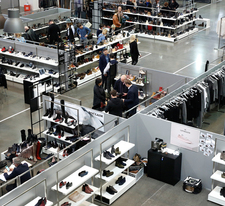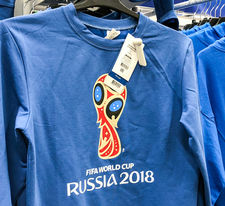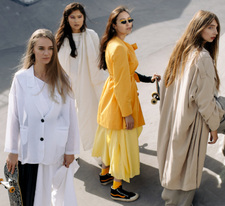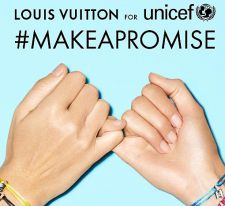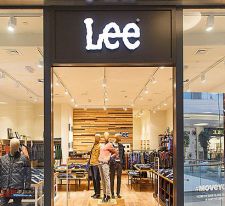We need the Turkish coast
part 1 part 2 part 3 part 4 part 5
The main purchases of new designers are still made by concept stores (concept store), and not chain department stores. Moreover, the first people who start buying interesting designers are the Japanese, who are disposed to everything new, unusual and original, are noted in FCG. Another active market is the UAE and other Arab countries. Due to the fact that the Russian «Byzantine style» resonates with their taste, «decorative» collections made of expensive fabrics are of particular interest. The next ones who may pay attention to the new names are buyers from the USA, who are also democratic and open. The Europeans will always be the most critical.
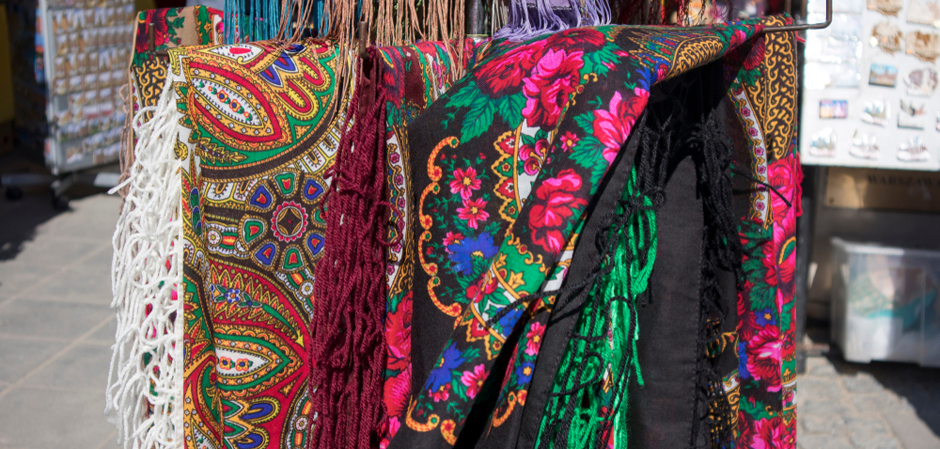
One of the well-known brands outside Russia remains Vassa, operating in the "medium plus" segment and having stores in the USA.
"But, for example, the US market is consolidated, highly competitive, which means that the buyer already has a lot of choice," sighs Anna Lebsak-Kleimans. – In addition to local, there is a large number of European brands, which have their own loyal audience, high recognition. In addition, American and already proven foreign brands are usually very technological: they have automated all processes, they know how to ensure maximum efficiency in terms of planning, etc. Plus they are well familiar with the specifics of demand: what influences him, how to build the work of sellers and visual merchandising, how to work on the east coast and how to – on the west, and the like. For success in the new market, it is necessary first of all that collections and ways of doing business comply with the standards of the new market. This means that, in addition to the quality of the products, it is necessary to be able to provide all logistical, technical and documentary support according to the country's rules. For a young brand or designer, these are new competencies, and they need to be matched.
Mikhail Petrov calls the only major professional showroom in the West specializing in Russian brands and selling for several million euros per season, "strong>"Moscow" in Milan. "But do not flatter yourself, most of the buyers are Russian retail businesses, which are more convenient to make seasonal purchases in one location, since most stores have a non-Moscow residence permit," reports Mr. Petrov. Also, positive examples of fashion clusters appear on the market, which are designed to ensure the promotion and marketing of a Russian fashion manufacturer to the West, for example, the BE IN Open initiative. Of course, the Russian market should not only be the host country. Our country, even behind the iron Soviet curtain, had active exports and world-famous national brands. Historical memory, the need for foreign currency income and the vanity of businessmen will sooner or later do their job. Russian brands in the West should be , there are, of course, a lot of obstacles to this, but the domestic political situation favors, and a burning desire moves towards the goal.
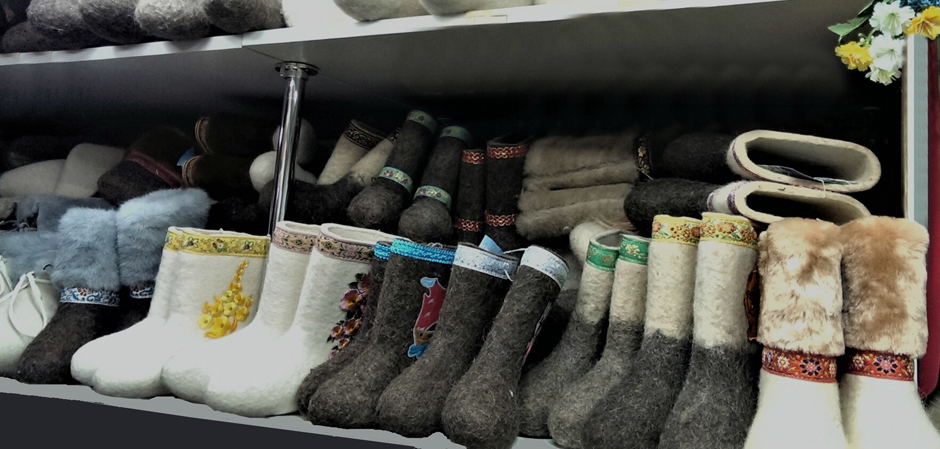
FUTURE IN TIME
Speaking about the possibilities of future expansion of Russian network brands to foreign markets, it should be understood that the capacity of the so-called "Russian" niche is limited and one can hardly expect a significant growth of the operators specializing in it, according to Cushman & Wakefield.
"From my point of view, Russian brands that enter foreign markets adhere, at least at the initial stage, to two main strategies: targeting the Russian-speaking population in the countries of exit or exploiting the theme of Russia's national concerns," lists Olga Yasko, Director of Business Development at Cushman & Wakefield. "However, truly entering and developing in international markets is possible only for those companies that can offer "supranational"brand positioning, focusing on a more universal consumer".
Anna Panyukova is convinced that Russian fashion can only hope for a new generation that "grows with more globalized views", sees no borders and moves freely between continents. In order for millennials to grow their brands, according to Ms. Panyukova's forecasts, it will take about two years.
Text: Ekaterina Reutskaya
Photo: shutterstock


